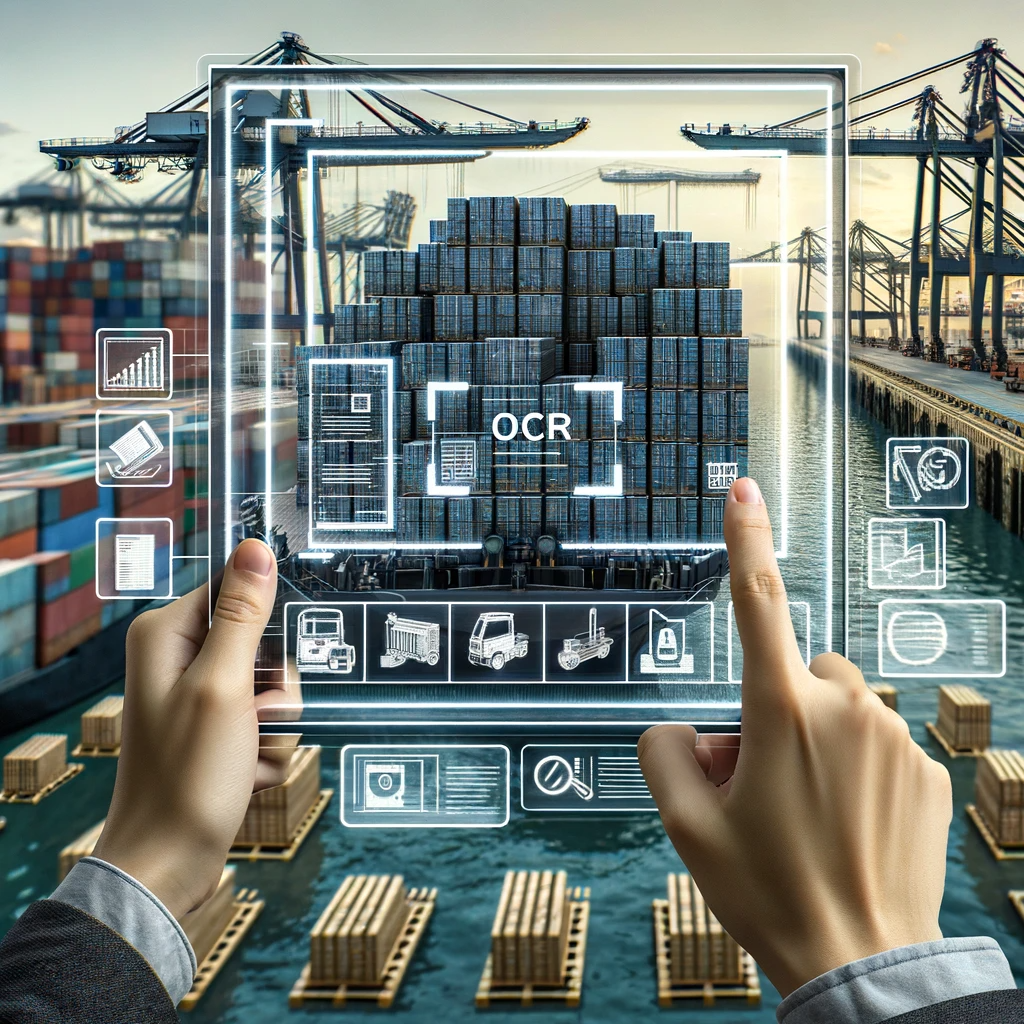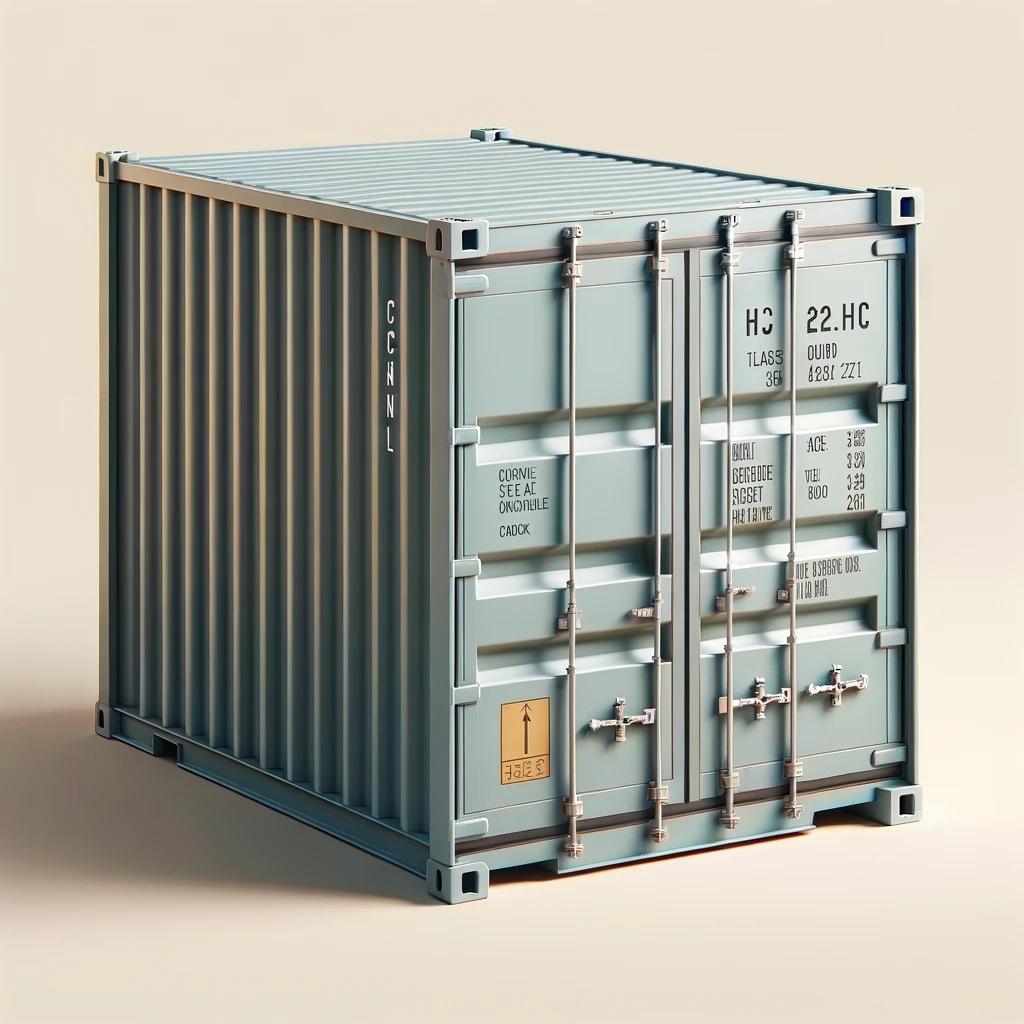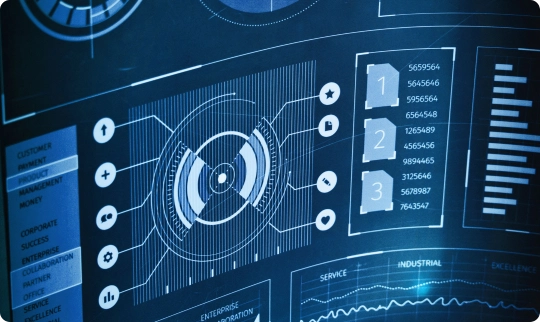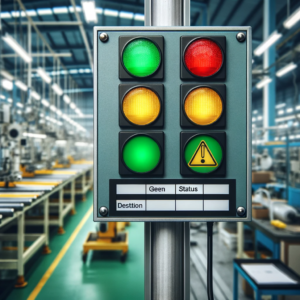OCR stands for Optical Character Recognition and is a technology that was originally developed to recognize symbols and text in digital documents and records.
The approach was invented by Raymond Kurzweil, Head of Technical Development at Google. He is considered a pioneer of optical text recognition, speech synthesis and speech recognition. In industry and logistics, OCR goes beyond mere text recognition and includes the recognition of objects, symbols and codes. In the industrial sector, OCR is increasingly used in the context of computer vision.


Use Cases for Service Providers and Logistics:
Challenges for Container Ports
Operations at container ports are always associated with the question of who is responsible and can be held liable for any damage caused during loading. This is a particular challenge for terminal operators of lakes and inland ports. The problem is that it is not always possible to check the condition of sea containers at sea. This can lead to problems for terminal operators, as a container is considered legally accepted if it has been set down “on dry land”. However, if the condition of the containers is automatically recorded and checked during the transhipment or unloading process, for example with Optical Character Recognition (OCR) solutions, such liability problems can be largely ruled out.
Important: Unique Identification Each Container
The international register of identification codes for container owners, which was set up by the “Bureau International des Containers (BIC)” and has been published continuously since 1970, can help here. It was subsequently adopted by the International Organization for Standardization (ISO) in 1972 and forms an integral part of the ISO 6346 standard: “Cargo containers – Coding, identification and marking”. This standard also describes technical markings such as size and type codes, country codes and various operational markings. The marking is required by law: Only ISO alpha codes (container prefixes) identifying container owners registered with the BIC may be used as unique identity markings of containers in all international transport and customs declaration documents.

Back to the Matter of Liability:
It is recommended to install appropriate camera solutions in the crane systems in order to check the container before it is placed on the quay. As unloading processes take place around the clock, it is important that the process is well illuminated with powerful spotlights and can therefore be easily captured by the camera. In container logistics, OCR can also be used to read information from containers and pallets. This includes the recognition of QR or barcodes, serial numbers or other markings, but also the recognition of pallets based on their shape and visual characteristics in order to efficiently track the location and status of the freight.

Fabian von Stülpnagel
Sales Development Representative





